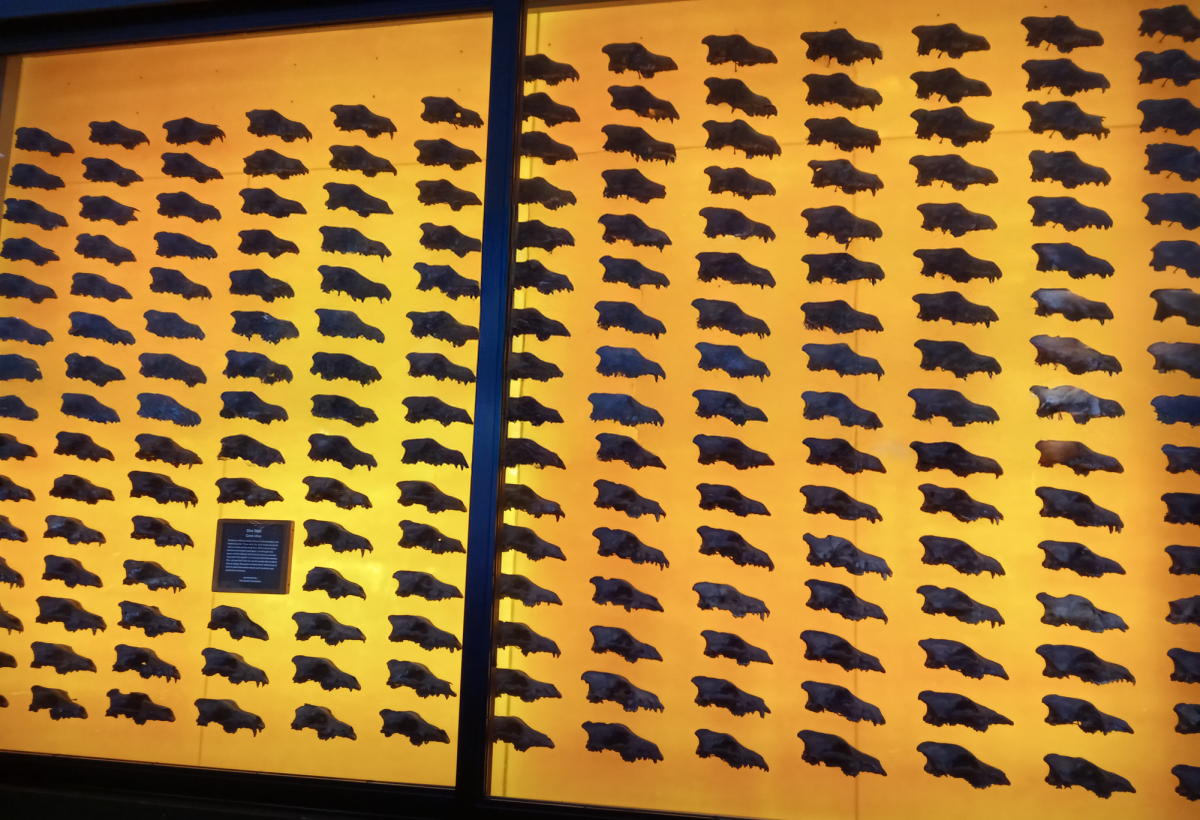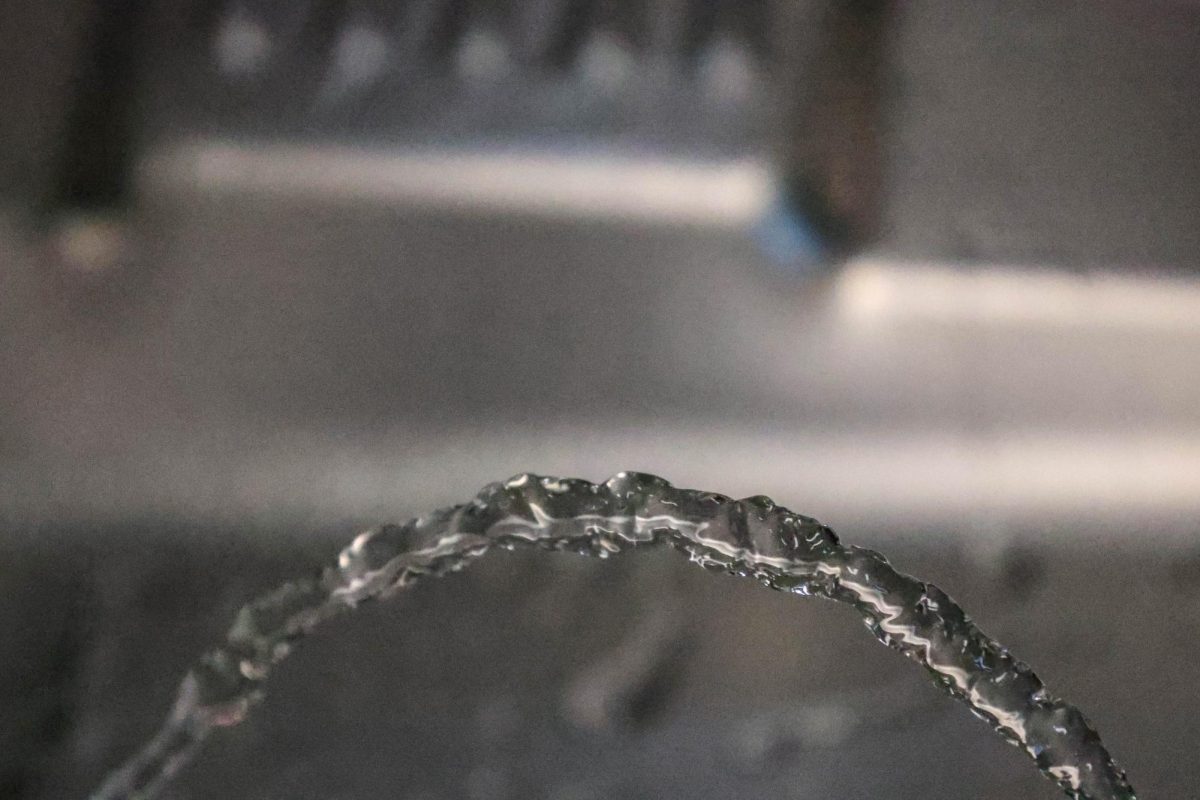Over 10,000 years ago, dire wolves (Aenocyon dirus) roamed the planet. In 2025, they may have returned. Will success with this new technology change the future of conservation?
A company called Colossal Laboratories & Biosciences has announced that they have bred three new dire wolf pups from DNA found in ancient remains. The company is calling this a “de-extinction.” However, some scientists are skeptical of the claim that the animals are authentic dire wolves.
The six-month-old pups, Romulus, Remus and Khaleesi, are reported to weigh 25 percent more than a gray wolf at the same age. Researchers took the DNA from a 72,000-year-old dire wolf inner-ear bone and a 13,000-year-old dire wolf tooth and modified it, resulting in animals thatwould be more muscular and larger. They then put the DNA into gray wolf cells, inserted the cells into a dog egg cell, and dire wolves were born for the first time in over 10,000 years. Well, not exactly.
Gray wolves are not as closely related to dire wolves as they were once thought to be. Their common ancestor lived roughly six million years ago, and jackals, African wild dogs and dholes are more closely related to gray wolves than dire wolves are. The appearances are deceptive, but the DNA doesn’t lie.
Statistically, these dire wolves are likely imperfect. The scientists made only 20 edits to the cells. Gray wolves share roughly 99.5 percent of their DNA with dire wolves, however, their genome is around 2.4 billion base pairs long, which leaves room for millions of errors. Additionally, only 15 of the 20 genetic edits made are directly related to the ancient extracted dire wolf DNA. As the pups are still young, it will take another year to determine the success of these edits.
According to Colossal, the definition of “functional de-extinction” is “The process of generating an organism that both resembles and is genetically similar to an extinct species by resurrecting its lost lineage of core genes; engineering natural resistances; and enhancing adaptability that will allow it to thrive in today’s environment of climate change, dwindling resources, disease and human interference.” The key descriptor in that statement is “similar.” These are hybrid wolves, imperfectly dire. With no plans to breed these animals or introduce them to the wild, they will have no ecological impact. Introducing a species that has been extinct for thousands of years would be putting an invasive species into the current ecosystem. Apex predators do play a crucial role in environmental balance, but what happens when that habitat has changed drastically? There are now billions more humans on the planet. The principle of using genetic engineering to stabilize critically endangered populations is morally sound. It is a small step that can aid in conservation efforts while we fight the climate crisis. However, De-extinction doesn’t help modern endangered species or address the greater issues at play. Climate change and human conflict have been detrimental to wildlife, especially in recent years.
Rewilding efforts with apex predators have been met with public backlash. In Italy, for example, the reintroduction of the Marsican bear led residents of Trentino to rally against rewilding after a bear killed a runner. 98 percent of the community voted against tolerating the bears further, positioning them as a threat to human safety and the economy.
Across Europe, wolves are losing their hunting protections. In this political climate, re-introducing dire wolves would be hanging them up on trophy walls.
In December 2024, the European Union (EU) downgraded wolves’ protection status, opening them up to slaughter and threatening years of gray wolf conservation efforts; this action prompted the Swedish government to allow for 30 of 375 of their wolves to be killed.
The EU estimates that 65,000 livestock animals are killed by wolves annually. The argument for reduced population minimums and greater hunting freedom is that the success of conservation efforts has jeopardized farmers’ livelihoods.
Regardless of the reasoning, more wolves would not be welcomed. Conservation efforts have been abundantly successful in the EU, serving as a model for other areas to follow. Corporate ecosystem interference will not aid this balance but tip communities over the edge.
Semi-dire wolves are not the key to conservation; they might be the downfall.










